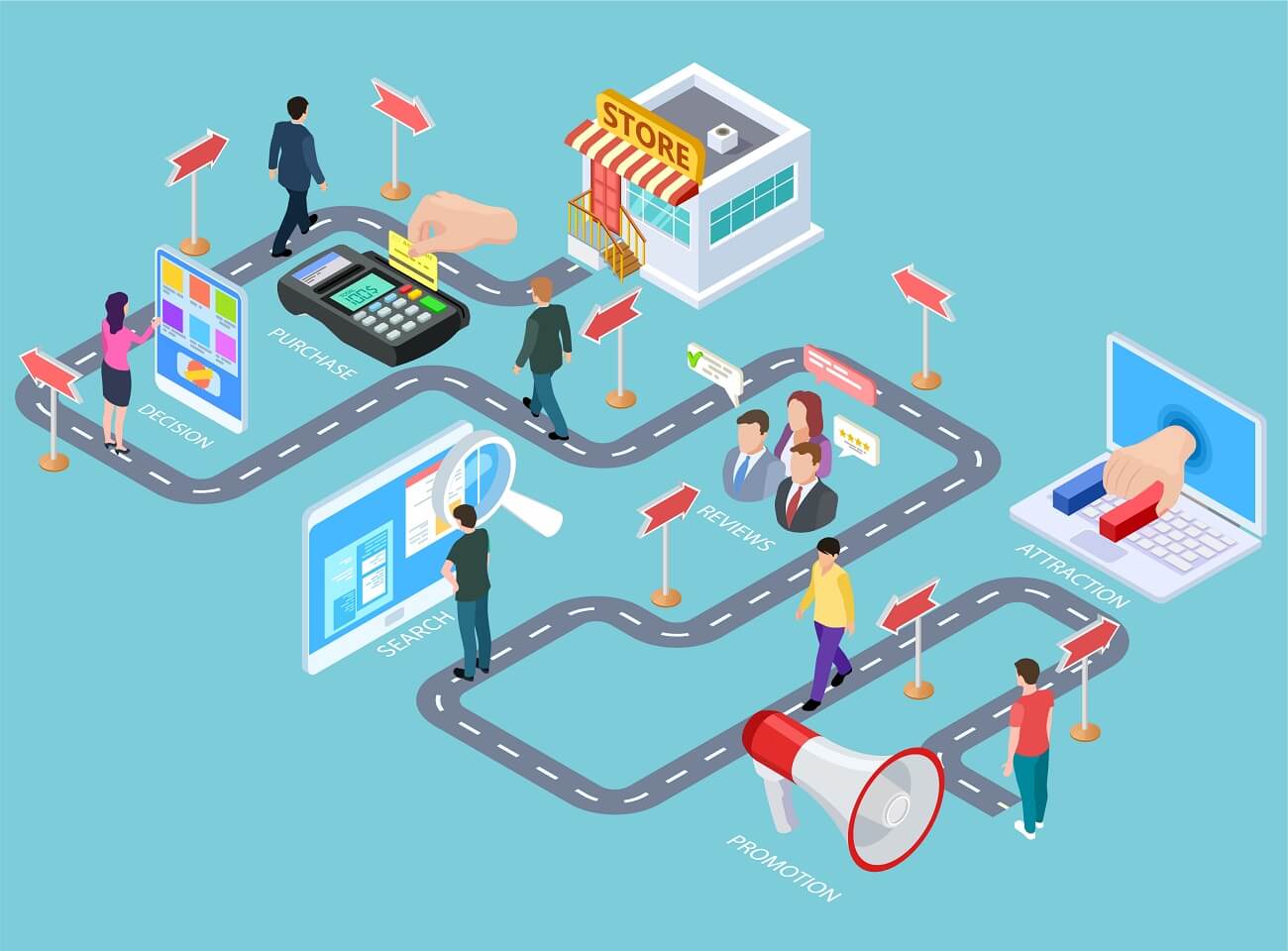
OmniChannel
December 04, 2020
When Your Customer is Buying, Are You There to Take Their Order?
Customer orders used to be simple. There was phone or showroom. Maybe a fax or an order by email. But really it was simple, and there wasn’t much need for terms like “omnichannel sales.”
Now, however, omnichannel sales is an important part of commerce today. Customers no longer buy via one channel or a small handful of channels; there are now many places that customers expect to be able to place their order. If a business isn’t there ready to accept these orders, or has a very strong brand, it often means lost sales.
Enter the omnichannel approach.
Omnichannel, as the name implies, is all about taking the many channels used for sales today and funneling them into a common backend so there’s continuity in sales and customer care. If a business doesn’t have a common backend, it is increasingly hard to close the sale as customers move among the various channels during the buying process (starting on a web site, for instance, but finishing the sale via social media).
This requires a common backend system that can interface with all these channels, of course, which is why cloud-based ERP solutions or their more consumer-oriented counterparts for micro-businesses are increasingly popular. Whereas long ago things like spreadsheets or a host of on-premise software packages were enough, more integrated and cloud-ready solutions are necessary now for the omnichannel approach.
Not all backend solutions are created equal, however. Does your current solution allow you to take orders where they now take place? Here are several sales channels your business should be supporting right now that might be unsupported.
- Social Media
This isn’t one channel, it is several. There’s Facebook and Instagram, of course, but buyers today are now also looking to purchase on more niche social media platforms such as Snapchat, TikTok and Pinterest, among many others.
While some B2B businesses can get away without selling directly through social media, that number is getting smaller every day as social media-savvy Millennials emerge as the single biggest buying demographic today (hint: they’re even bigger than the Baby Boomer Generation).
- Chat Apps
Buying through chat apps such as WhatsApp, Facebook Messenger, WeChat and the like is still somewhat nascent in the U.S., but look globally and it is clear that chat-based sales is coming. Businesses in regions such as Asia already have embraced chat-based selling, since Asian consumers are decidedly about phones over laptops. This is coming to Western markets, too.
Chat apps allow for relatively sophisticated sales, since chatbots and AI can be connected with a company’s product catalogue for a mix of automated and manual selling.
- Website Live Chat
Your company’s web site is probably already a well-trod sales channel, but traditional company site shopping cart solutions are giving way to website chat boxes that allow for a more interactive customer experience.
This is partially driven by smartphones, since navigating web pages is harder than live chatting via a smartphone. Companies that don’t offer live chat on their web site are missing out of the sales interaction they lost when shopping moved away from brick and mortar. With live chat, that interaction with potential buyers is back—and consumers are coming to expect it.
- Text Message
Do customers actually order by text message? Talk to a consumer business that supports text message sales, and the answer will be a resounding yes.
While text messaging isn’t right for all types of sales, it is a great channel for customers looking to reorder when the particulars of an order are already well understood. Text messaging also is a sales channel for some service-based businesses.
- Online Marketplaces
Think Amazon. Or Ebay. Or Alibaba. Or Rakuten, Flipkart, Walmart, TMall, iOffer or others. There are dozens of big ecommerce marketplace where businesses can grab sales.
The trick is having a backend order system that can interface with these online marketplaces for real-time inventory and sales automation. Older systems can’t connect easily, which is one of the main reasons that cloud-based ERP is essential for omnichannel sales.
- Customer Support Interactions
There’s a very thin line today between customer service and sales. During a typical customer care interaction, there usually are numerous opportunities for upselling and cross-selling. Savvy businesses understand this, and empower customer service as part of an overall omnichannel approach.
Again, though, this requires a backend system that houses all customer interactions and can enable customer care to tie into both product offerings and customer order histories. A comprehensive backend system is key for omnichannel.
There are other channels that businesses should support today, of course; these are just some of the more exotic. The key point is not any given channel, but the ability of a business to support many channels since sales no longer happens in only one place. Maximizing sales means supporting buying opportunities in many different channels but with a common backend that allows an omnichannel approach.
If your current backend systems are holding you back in this rapidly changing sales environment, contact one of our consultants at (801) 642-0123 or info@nbs-us.com for additional options. Now is not the time to have your IT systems holding you back.